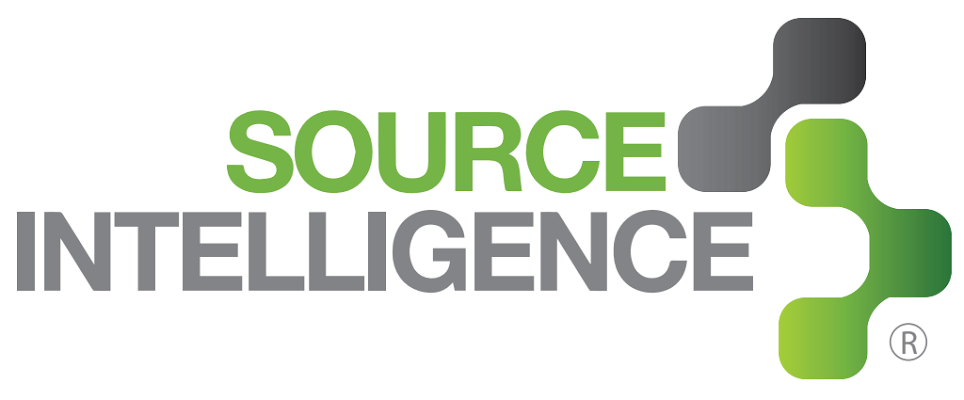The Environmental Health & Safety Tightrope
EH&S professionals face numerous challenges in today’s world of regulation and compliance.
EH&S professionals face numerous challenges in today’s world of regulation and compliance. While their responsibilities of protecting employees, customers and the environment have remained the same, state, federal and international regulations have made their job very specific. According to Job Description of an Environmental Health and Safety Manager, the Environmental Health & Safety Managers identify potential hazards including chemical, biological and radiological materials and analyze samples. They recommend changes to protect employers, and educate employees on injury prevention through training programs. They also investigate accidents to identify their causes and find ways to prevent them in the future.
A hot topic amongst EH&S professionals is the European Union requirement REACH (Registration, Evaluation, Authorization of Chemicals), and the directive RoHS (Restriction of Hazardous Substances.) If you are a company outside of Europe, this may still pertain to you. The following information will help you better understand the difference between REACH and RoHS.
REACH is a regulation that will impact a number of different sectors depending on the type of product being sold. Those most affected are companies, both manufacturers and importers, selling what are usually considered finished products, if the products contain any Substances of Very High Concern (SVHSs). Any product which contains an SVHC(s) must be declared when the SVHC content surpasses the threshold of 0.1% w/w.
RoHS, is a European Union directive, which means there is no authoritative association regulating a company’s due diligence. With technology constantly evolving, it is natural that old electronics are discarded in our local landfills which cause environmental and human health hazards. RoHS affects only the manufacturing of various types of electronics and electrical equipment, with an effort to manufacture without the use of six different hazardous materials:
- Lead (Pb)
- Mercury (Hg)
- Cadmium (Cd)
- Hexavalent chromium (Cr6+): Used in chrome plating, chromate coatings, and primers
- Polybrominated biphenyls (PBB): Flame retardant in plastic
- Polybrominated diphenyl ether (PBDE): Flame retardant in plastic
In order to comply with REACH, manufacturers, importers and their customers must provide information on chemical substances in every step of their supply chain in order to be aware of information relating to health and safety of the products supplied. Source Intelligence offers a powerful cloud-based solution that stores your data so you can evaluate the use and quantity of chemical substances. For a demo on Source Intelligence’s online platform functions click here.

